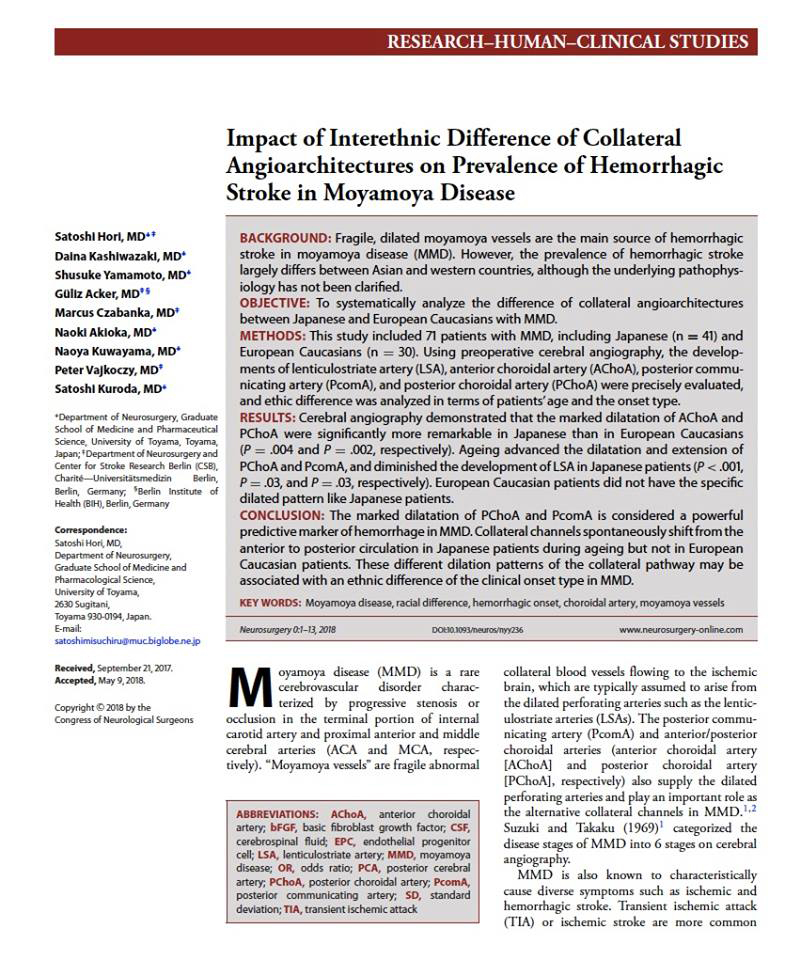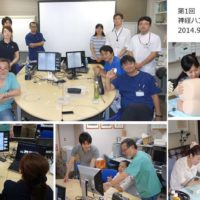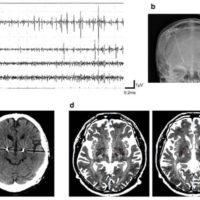
当科の堀 聡先生が苦しみながら書いた、もやもや病における側副血行路の人種間の相違に関する論文が米国Neurosurgery誌に掲載されました。かねてより、アジア人は白人よりも頭蓋内出血で発症する患者さんが多いことは知られていましたが、脳血管撮影の所見を比較すると、日本人と欧州白人との間に側副血行路の形成に相違があることが判明し、この相違が発症様式にも大きな影響を及ぼしていると考えられました。この研究は、長年の友人であるBerlinのProf. Peter Vajkoczyとの共同研究の賜物です。
A Voyage to Depth of Neuroscience Vol. 50
Hori S, Kashiwazaki D, Yamamoto S, Acker G, Czabanka M, Akioka N, Kuwayama N, Vajkoczy P, Kuroda S: Impact of Interethnic Difference of Collateral Angioarchitectures on Prevalence of Hemorrhagic Stroke in Moyamoya Disease. Neurosurgery. 2018 Jun 8. doi: 10.1093/neuros/nyy236. [Epub ahead of print]
Abstract
BACKGROUND:
Fragile, dilated moyamoya vessels are the main source of hemorrhagic stroke in moyamoya disease (MMD). However, the prevalence of hemorrhagic stroke largely differs between Asian and western countries, although the underlying pathophysiology has not been clarified.
OBJECTIVE:
To systematically analyze the difference of collateral angioarchitectures between Japanese and European Caucasians with MMD.
METHODS:
This study included 71 patients with MMD, including Japanese (n = 41) and European Caucasians (n = 30). Using preoperative cerebral angiography, the developments of lenticulostriate artery (LSA), anterior choroidal artery (AChoA), posterior communicating artery (PcomA), and posterior choroidal artery (PChoA) were precisely evaluated, and ethic difference was analyzed in terms of patients’ age and the onset type.
RESULTS:
Cerebral angiography demonstrated that the marked dilatation of AChoA and PChoA were significantly more remarkable in Japanese than in European Caucasians (P = .004 and P = .002, respectively). Ageing advanced the dilatation and extension of PChoA and PcomA, and diminished the development of LSA in Japanese patients (P < .001, P = .03, and P = .03, respectively). European Caucasian patients did not have the specific dilated pattern like Japanese patients.
CONCLUSION:
The marked dilatation of PChoA and PcomA is considered a powerful predictive marker of hemorrhage in MMD. Collateral channels spontaneously shift from the anterior to posterior circulation in Japanese patients during ageing but not in European Caucasian patients. These different dilation patterns of the collateral pathway may be associated with an ethnic difference of the clinical onset type in MMD.









